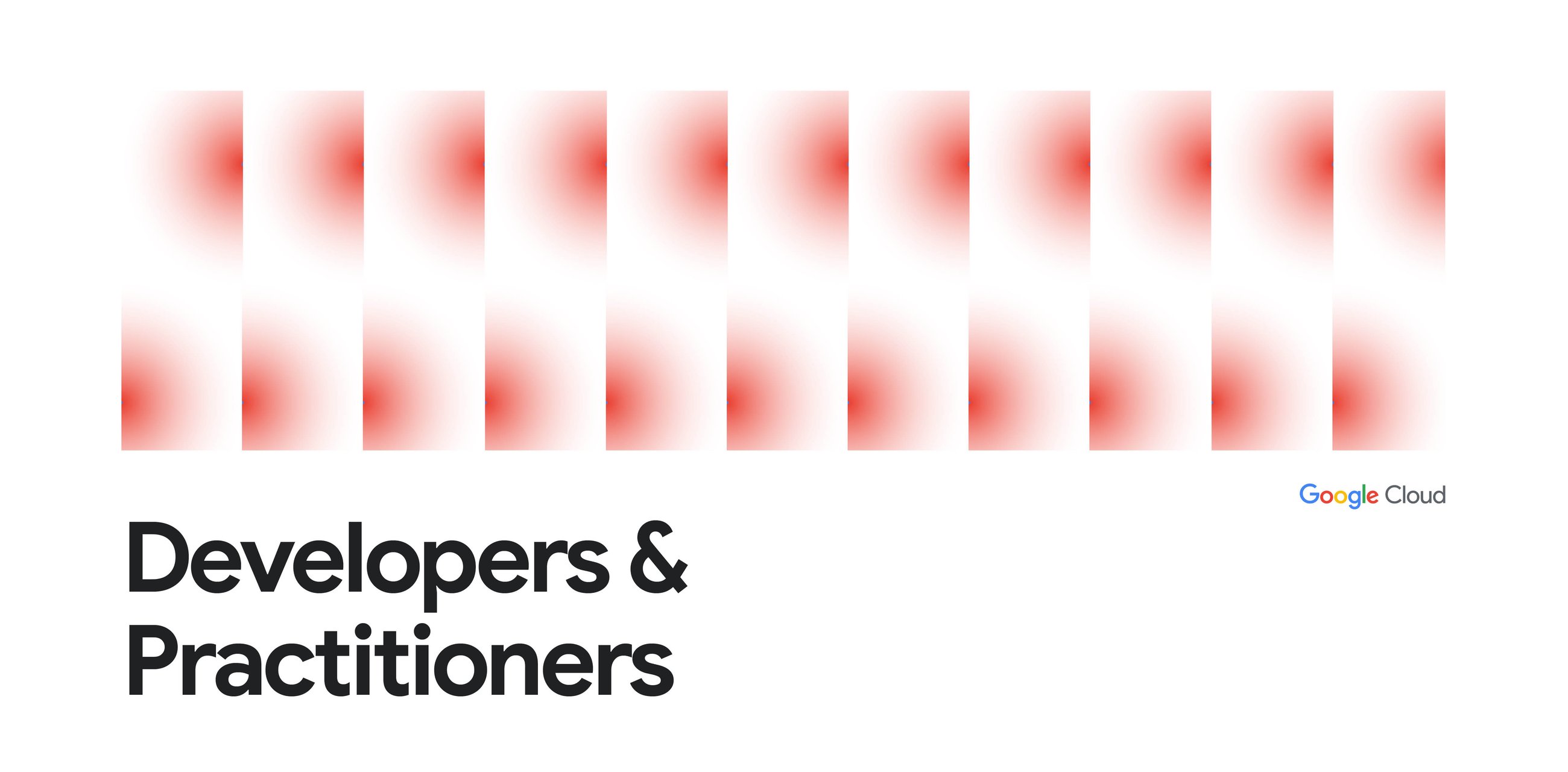A minimal simulation laboratory for exploring bistable workspace dynamics, self-referential models, and autotuning in neural-like systems.
miniBrain provides a compact, interactive environment to experiment with three related recurrent dynamics models:
- Option A: Bistable units with a global workspace coupling.
- Option B: Reflective hierarchical "why-loop" architecture.
- Option C: Self-referential workspace that maintains and predicts a compressed self-model.
The lab includes background autotuning (meta-tuner NN), perturbations to maintain entropy, and instrumentation for complexity metrics (Shannon entropy, Lyapunov proxy, Lempel-Ziv complexity, mutual information).
- Interactive GUI: Real-time heatmaps, phase coherence plots, rolling windows, and step counter.
- Autotuning: Background meta-learning to bias parameters toward high complexity (entropy + coherence).
- Headless Mode: CSV export and smoke tests for reproducibility.
- Metrics: Entropy, Lyapunov proxy, LZ complexity, pairwise mutual information.
- Perturbations: Irrational-time perturbations with drift to avoid resonances.
- Documentation: LaTeX findings document in docs/findings.tex.
- Python 3.10+
- NumPy
- Matplotlib
- scikit-learn
- PyTorch (optional, for meta-tuner; falls back to heuristic if missing)
-
Clone the repository:
git clone https://github.com/BrandonRaeder/miniBrain.git cd miniBrain -
Create a virtual environment:
python3 -m venv .venv source .venv/bin/activate # On Windows: .venv\Scripts\activate -
Install dependencies:
pip install numpy matplotlib scikit-learn torch
Run the full simulation with autotuning:
- Displays 3x2 layout: heatmaps + R-phase plots for each model.
- Autotune starts automatically; parameters update in real-time.
- Rolling window (default 500 steps) on phase plots.
Quick validation without GUI:
python3 -c "import matplotlib; matplotlib.use('Agg'); import lab; lab.smoke_test_autotune(2.0)"
- Runs autotune for 2 seconds, prints buffer size and samples.
- Modify n_layers, dt, rolling_window in lab.py.
- For longer runs, adjust ROLLOUT_STEPS and reward weights.
miniBrain/
├── lab.py # Main simulation and GUI
├── models/
│ └── self.py # Self-model predictor and utilities
├── tools/
│ └── smoke_autotune.py # Lightweight headless test
├── docs/
│ └── findings.tex # LaTeX findings document
├── README.md # This file
└── .venv/ # Virtual environment (not committed)
- Fork the repo and submit pull requests.
- Report issues on GitHub.
- For large changes, discuss in issues first.
MIT License. See LICENSE file for details.
- Tononi, G. (2008). Consciousness as Integrated Information.
- Wolpert, D. M., et al. (1995). An internal model for sensorimotor integration.
For full details, see docs/findings.tex.
.png)




